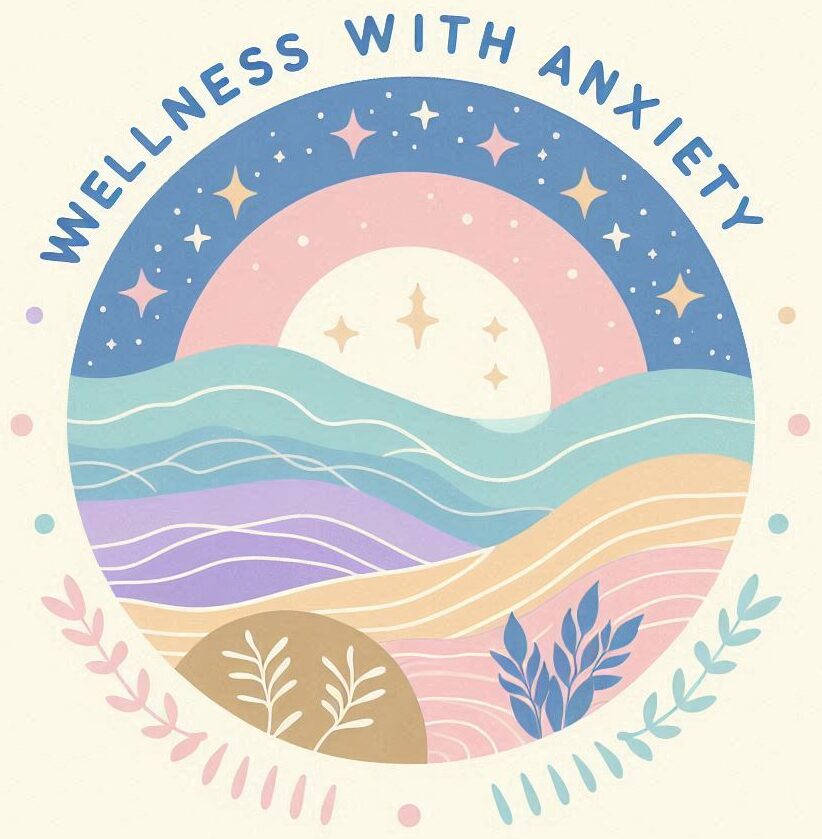 Anxiety disorders show up in millions of people worldwide, but some less common forms fly under the radar. Rare anxiety disorders might not get the spotlight like general anxiety or panic disorders, but they deserve attention too. It’s crucial to recognize them because understanding leads to better support and treatment.
Anxiety disorders show up in millions of people worldwide, but some less common forms fly under the radar. Rare anxiety disorders might not get the spotlight like general anxiety or panic disorders, but they deserve attention too. It’s crucial to recognize them because understanding leads to better support and treatment.
So, what sets these rare anxiety disorders apart from the usual suspects?
First off, they’re a lot less common.
Many of these disorders can hide in plain sight, often misdiagnosed or misunderstood. They’re like secret members of the anxiety family, often requiring different treatments and approaches than more familiar forms like social anxiety or generalized anxiety disorder.
Who gets affected by these mysterious forms of anxiety?
Well, anyone can be, but they do show up more in specific demographics or life situations.
Sometimes, they may start early in life and stick around into adulthood, or they could pop up exclusively in adults. Studies suggest that even genetic and environmental factors play a big role, shaping how these disorders manifest and develop.
Getting the word out about these lesser-known disorders is key.
Awareness leads to understanding, and that can drive changes in how they get diagnosed and treated. It’s about giving folks the knowledge they need to spot signs early or understand what a friend or family member might be going through.
Knowing about rare anxiety disorders isn’t just for mental health professionals.
It’s also for anyone who wants to build a supportive community around those affected. Educating ourselves is a step toward kindness and acceptance, creating a world where mental health gets taken as seriously as physical health.
Spotlight on Specific Rare Anxiety Disorders
 Selective Mutism
Selective Mutism
Selective Mutism is a bit of a puzzle. It’s where someone can speak just fine in certain situations—like at home—but clams up entirely in others, like school. Often seen in kids, it can make social situations a real challenge, affecting school performance and friendships. The trick is gentle encouragement and not putting pressure on speaking. Therapies centered on building confidence in communication can help.
Hoarding Disorder
Hoarding Disorder isn’t just about collecting trinkets or having a messy house. It’s a persistent difficulty in parting with possessions, regardless of their actual value. The items—newspapers, clothes, or even trash—pile up, taking over living spaces and making daily life hard. Understanding that it’s more about the emotional attachment than the objects themselves helps a lot. Treatment often focuses on decision-making skills and coping strategies through therapy.
Body Dysmorphia Disorder
Body Dysmorphic Disorder (BDD) involves obsessive focus on a perceived flaw in appearance. It’s like a magnifying glass over something most folks wouldn’t even notice. This can lead to hours spent in front of mirrors or avoiding social interactions. Encouraging small steps toward self-acceptance and seeking help from therapists specializing in body image issues can be life-changing.
Separation Anxiety Disorder
Separation Anxiety Disorder in adults might sound surprising since it’s often associated with kids, but grown-ups can feel it too. Imagine the intense fear or anxiety when separated from those to whom they feel attached. It’s not just homesickness; it’s about genuine distress impacting daily life. Therapy and coping techniques specifically tailored for adults can provide relief and improve quality of life.
Living with Rare Anxiety Disorders: Real-Life Experiences and Challenges
 Talking to those who live with rare anxiety disorders gives us a window into their lives, showing both the struggles and the resilience they experience day in and day out. Hearing real stories can be eye-opening and highlight the importance of compassion and understanding.
Talking to those who live with rare anxiety disorders gives us a window into their lives, showing both the struggles and the resilience they experience day in and day out. Hearing real stories can be eye-opening and highlight the importance of compassion and understanding.
Work & School
Work and school can become battlefields for those with rare anxiety disorders. Imagine the pressure of selective mutism making a classroom presentation nearly impossible, or the difficulty in managing time when hoarding disorder leads to excessive clutter. It’s about finding creative solutions that help manage these challenges, whether it’s seeking workplace accommodations or using organizational tools.
Personal & Family Relationships
Personal relationships and family life often take a hit too. Misunderstandings and frustrations can surface, especially when loved ones are unsure about how to provide support. Open communication and patience become the cornerstones of maintaining strong bonds. Family therapy or support groups can offer valuable insights and strategies for everyone involved.
The Mental Health Stigma
The stigma of mental health struggles is, unfortunately, still too real. Silencing stigma around rare anxiety disorders starts with education and empathy. It’s vital for society to move away from judgment and toward a mindset of care and inclusion. Resources and awareness campaigns can play a huge role in this shift, encouraging open conversations and community support.
Navigating Treatment and Support Options for Rare Anxiety Disorders
 Navigating the world of treatment for rare anxiety disorders can feel a bit like wandering through a maze, but having a solid plan can make a difference.
Navigating the world of treatment for rare anxiety disorders can feel a bit like wandering through a maze, but having a solid plan can make a difference.
Cognitive Behavioral Therapy
The first stop often includes therapeutic options like cognitive-behavioral therapy (CBT). It’s a big hit for tackling those anxious thoughts and behaviors. Tailoring the approach to the specific disorder, whether it’s BDD or selective mutism, ensures that therapy meets individual needs.
Medicine
Medicinal options might come into play too. While not the one-size-fits-all answer, medications such as SSRIs can help stabilize mood and lessen the grip of anxiety. Chatting with a psychiatrist who has experience with rare disorders brings essential insights and considerations to the table, ensuring that any medication plan is personalized.
Personalized Practitioner
Finding the right mental health professional is like finding a match for any relationship—it’s gotta fit. Look for practitioners who specialize in or have experience with these rare conditions. Recommendations from others in similar situations or trusted organizations can be invaluable. It might take a few tries, but getting the right support is worth it.
Group Support Therapy
Support groups, whether local or online, open up spaces to share experiences and advice. It’s powerful to connect with folks who really get it. Alongside professional resources, these communities can offer encouragement and practical tips.
Self-Care Routines
Daily self-care shouldn’t be overlooked. Simple routines, like journaling or exercise, can help manage stress and bring moments of peace. Building a toolkit of coping strategies, be it mindfulness exercises or soothing hobbies, adds layers of resilience that help navigate the bumps in the road.
In the end, rare anxiety disorders may not be as widely recognized, but their impact is just as significant. Understanding these conditions is key to ensuring proper support and treatment for those affected. By spreading awareness and breaking down the stigma, we create a more compassionate environment where every type of anxiety is taken seriously. It’s a reminder that mental health care should be as unique as the individuals it serves, ensuring no one is left struggling in the shadows.
